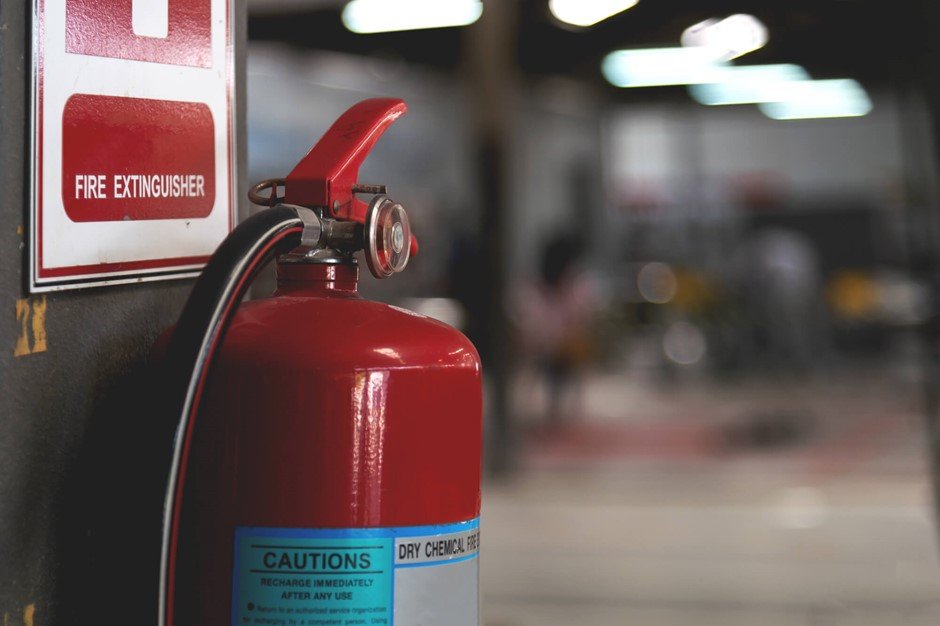Construction projects always exposed to many adverse weather condition which can affect negatively on the safety of workers and property so here we offer guideline of establishing Sever weather plan to provide the safety & welfare of employees and prevention of project damage or loss due to severe weather conditions. Also provide minimum requirements regarding working in Severe Weather on construction Project Which effect on All Contractors performing work on the projects.

RESPONSIBILITIES
Any Construction Contractors and subcontractors shall have the following Responsibilities during Severe weather condition
- develop a Severe Weather Plan that, as a minimum address all anticipated adverse weather conditions that might reasonably be expected to occur.
- Track the weather forecast displayed by third parties (such as airport weather forecast)
- Monitor the weather condition with the local weather measurement equipment installed by Contractor.
- Inform all personnel and subcontractors of incoming severe weather conditions.
- Keep a timely record of weather forecast and weather real condition for future studies.
- Implement the mitigation measures presented in this procedure.
- Contractor shall take necessary steps to prevent loose material, tools and equipment from becoming airborne during high winds. Temporary buildings, portable toilets, field offices, etc. shall be secured when erected.
PREVENTATIVE ACTION
Contractor/Subcontractor management and supervision during the Safe Working Plan discussions and Job Safety Analysis (JSA) must identify the severe weather parameters that can affect the realization of a task, i.e. lifting activity and heavy wind, welding and heavy rains, etc.
If severe weather conditions are identified as a risk escalating factor, this shall be considered as a potential hazard in the Safe Working Plan. The responsible supervisor will have to check prior to work commencing that severe weather conditions are not anticipated and that the task can be performed safely. He will also mention it during the Safe Working Plan to personnel. This last step is to ensure that all workers will be instructed to report any sudden change of weather conditions.
The JSA and Safe Working Plan will be conducted as mentioned in the project procedure Safe Working Plan.
CORRECTIVE ACTION
These actions have to be undertaken when a sudden, unforeseen, change in the weather conditions occurs.
Lightning:
- Withdraw personnel from high elevations, on structural steel members, pipe racks, rooftops, process columns, antennas, etc.
- Make sure that personnel do not group together and/or huddle under or near tall structures.
- Avoid a depression with standing water.
- Have all crane booms made safe as per manufacturer’s instructions;booms lowered to the ground or retracted to the shortest boom length possible.
- All cranes, derricks, gin poles, and erection rigs unable to be boomed down must be grounded from their booms to the ground. And the proper barricade and warning sign must be set.
Heavy Winds
- Heavy winds are considered winds above 25km/h (16 mi/h). When high winds create a hazard to the workforce or work being performed, i.e., instability in elevated areas, limited visibility due to dust particles in the air, unmanageable materials, etc., supervision will stop work activities, and reassign duty and work area, supervisor to ensure materials are properly stored and secured.
- For winds in excess of 32km/h (20 mi/h) all standard and critical crane lifts shall be halted and crane booms shall be secured as per manufacturer’s instructions and/or tied down.
Rain
- Strong localized heavy rains are possible creating a hazard to craftsmen on work being performed, such as unstable footing conditions due to slippery structural steel, muddy and flooded work environment, unstable trenches or excavations, risk of electric shock due to wet portable electrical equipment, poor visibility due to rain on eye protection, supervision will stop specific work due to the hazard,
- de-energize temporary electrical equipment, and reassign work duties and/or areas, obtaining further instructions from project site management.
Heat
- If the ambient temperature is set between 35°C and 50°C (95°F and 122°F) , heat stress prevention measures have to be implemented.
- If the ambient temperature exceeds WBGT 50°C (122°F) in the shade, unprotected works taking place in direct sunlight will be suspended. Supervision to re-assign works other areas/activities.
- Heat prevention measures shall be described into the project procedure Heat Stress Prevention



